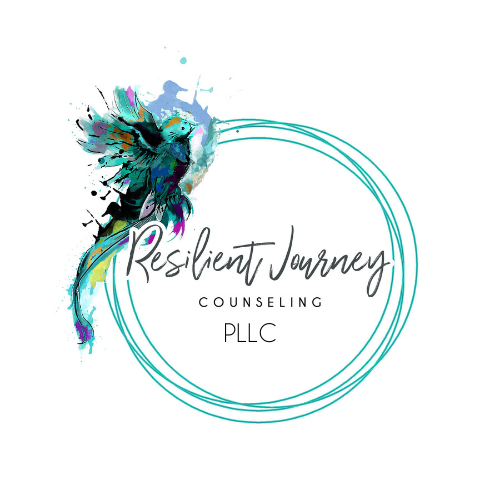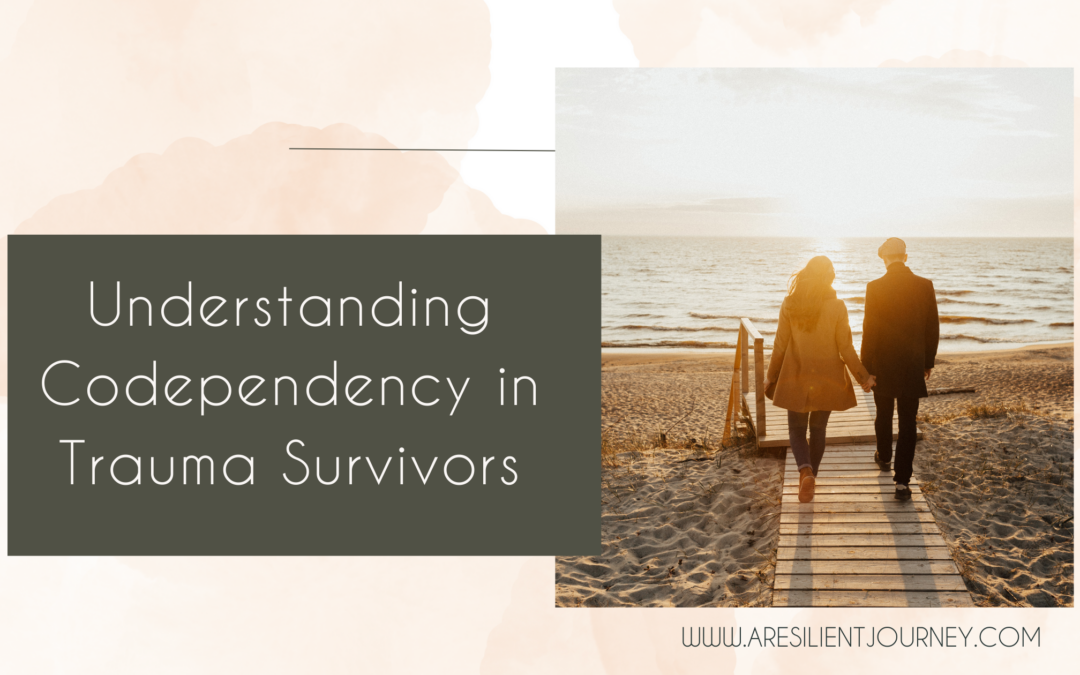For survivors of childhood abuse and neglect, relationships can be complex, often shaped by early experiences of insecurity, emotional deprivation, or enmeshment with caregivers. One of the most common yet misunderstood relational patterns that emerge from such trauma is codependency. But what exactly is codependency, and why does it show up so frequently in survivors of abuse and neglect?
What Is Codependency?
Codependency is a pattern of behavior where an individual prioritizes others’ needs over their own to an unhealthy degree. It often involves low self-worth, difficulty setting boundaries, a strong need for external validation, and an excessive focus on caring for others—even at one’s own expense. Originally coined to describe behaviors seen in the loved ones of individuals with substance use disorders, the concept of codependency has since expanded to include broader relational patterns stemming from dysfunctional family dynamics (Mental Health America).
Common signs of codependency include:
- Difficulty expressing one’s own needs and emotions
- Feeling responsible for other people’s happiness
- Fear of abandonment or rejection
- A pattern of enabling or “rescuing” others, even at personal cost
- Anxiety or guilt when setting boundaries
Struggling with self-identity outside of relationships
These behaviors are often deeply ingrained survival mechanisms that develop in response to early relational trauma.
Why Does Codependency Show Up in Trauma Survivors?
1. Childhood Abuse and Neglect Disrupts Healthy Attachment
Children who grow up in environments where their emotional or physical needs are unmet often learn that their survival depends on staying attuned to their caregivers’ moods, wants, and expectations. When a caregiver is neglectful, abusive, or emotionally unavailable, a child may develop hypervigilance—constantly monitoring others to avoid conflict or abandonment (National Child Traumatic Stress Network).
This early conditioning can lead to people-pleasing behaviors and difficulties with self-identity in adulthood. Survivors may struggle to recognize their own needs, as their focus has long been on keeping others happy and maintaining a sense of safety.
2. Boundaries Were Not Modeled in Childhood
In healthy parent-child relationships, caregivers model how to set appropriate emotional and physical boundaries. However, in abusive or neglectful households, boundaries are often violated or ignored. A child may be forced into caregiving roles, expected to meet a parent’s emotional needs, or punished for asserting independence.
As a result, adult survivors may experience intense guilt when saying no and may believe their worth is tied to their ability to serve others (Psychology Today).
3. Fear of Abandonment Leads to Over-Attachment
For many trauma survivors, early experiences of neglect or rejection create a deep fear of abandonment. This can drive them to over-invest in relationships, sacrificing their well-being to keep people close. They may struggle with anxiety in relationships, excessive caretaking, or difficulty leaving toxic dynamics because they equate love with self-sacrifice.
This fear often leads to staying in dysfunctional relationships—even those that are emotionally harmful—because the alternative (being alone) feels intolerable.
Breaking the Cycle of Codependency
- Healing from codependency requires self-awareness, boundary-setting, and re-learning healthy relationship patterns. Some steps that can help include:
- Therapy & Trauma-Informed Work – Working with a therapist who understands trauma and attachment wounds can help survivors unpack childhood conditioning and develop a healthier self-concept.
- Learning to Set and Hold Boundaries – Practicing small acts of self-assertion (like saying “no” without guilt) is key to undoing patterns of self-sacrifice.
- Developing Self-Compassion – Recognizing that worth isn’t tied to caretaking can help survivors reclaim their sense of identity.
- Support Groups & Community – Groups like Codependents Anonymous (CoDA) offer peer support for individuals working through codependent behaviors (CoDA).
Final Thoughts
Codependency is not a life sentence—it’s a learned survival strategy that can be unlearned with time, effort, and support. Survivors of childhood abuse and neglect deserve relationships that are rooted in mutual respect, emotional safety, and genuine connection—not self-sacrifice.
If you recognize signs of codependency in yourself or someone you love, know that healing is possible. Awareness is the first step, and with intentional work, survivors can cultivate healthier, more fulfilling relationships. Understanding Codependency in Trauma Survivors
For many who have endured childhood abuse or neglect, relationships can feel like a complicated puzzle. Early experiences of insecurity, emotional deprivation, or being too intertwined with caregivers often reshape how these individuals interact with others. One of the most common but often misunderstood patterns that arise from such trauma is codependency. So, what is codependency, and why is it so prevalent among survivors of abuse and neglect?

